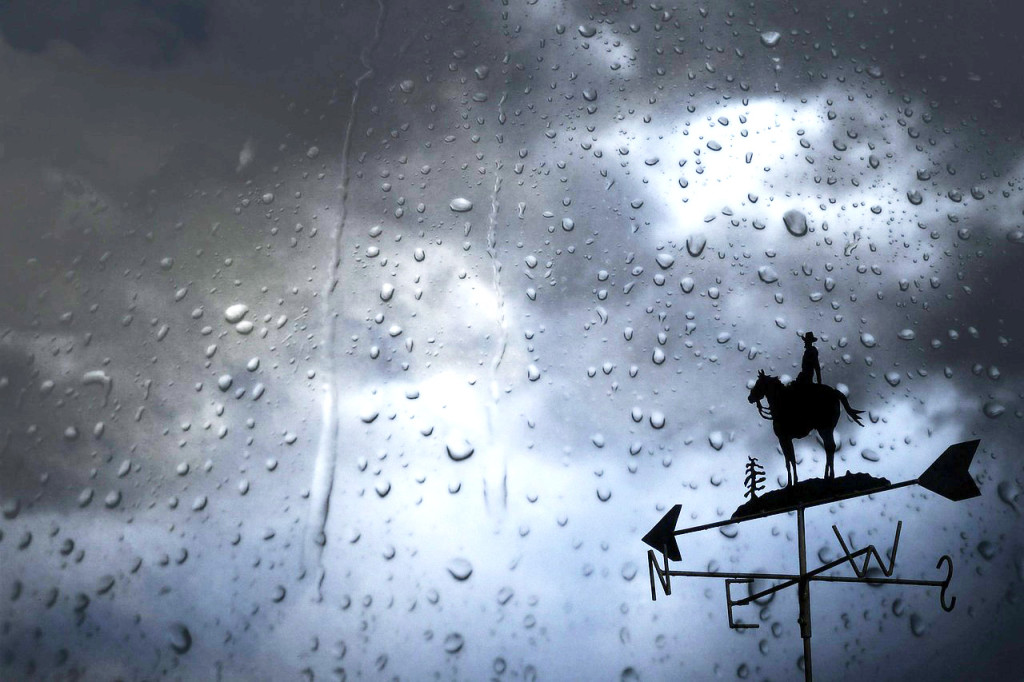Although the number and severity of weather related disasters is on the rise, according to a recent Federal Emergency Management Agency (FEMA) survey, only 39 percent of respondents have developed an emergency plan. September is National Preparedness Month, so it is a good time for horse owners to make sure they have a plan for their horses should disaster strike. The key to remaining calm and keeping animals safe during an emergency is being prepared. The Homes for Horses Coalition offers horse owners tips for protecting their equine companions in the event of a disaster.

Cindy Gendron, coordinator for The Homes for Horses Coalition, said: “The response isn’t the same for every type of emergency; you may need to evacuate your horses or keep them safe in a barn or in a field. Once you understand your options, the next steps are developing a plan, organizing your resources and training and practicing for possible scenarios. If a disaster does strike, you’ll be ready to protect yourself and your horse.” The ASPCA’s Top 10 Disaster Readiness Tips for Horses can help you protect your equines from both natural disasters and ordinary accidents. In addition, The HSUS offers the following considerations.
Planning for a disaster
- Permanently identify each horse by tattoo, microchip, brand, and photograph. In your records, include the horse’s age, sex, breed, and color. Keep this information with your important papers.
- Keep halters ready for your horses. On each halter attach a luggage tag with the following information: the horse’s name, your name, email address, your telephone number, and another emergency telephone number where someone can be reached. At the time of evacuation, consider additional temporary identification such as a leg band.
- Place your horses’ Coggins tests, veterinary papers, identification photographs, and vital information—such as medical history, allergies, and emergency telephone numbers (veterinarian, family members, etc.)—in a watertight envelope. Store the envelope with your other important papers in a safe place that will be easy for you to access, so you can take them with you when you and your horses evacuate.
- Prepare a basic first aid kit that is portable and easily accessible.
- Be sure to include enough water (12 to 20 gallons per day per horse), hay, feed, and medications for several days for each horse.
- Make arrangements in advance to have your horse trailered in case of an emergency. If you don’t have your own trailer or don’t have enough room in your trailer for all your horses and have to rely on the help of others, be sure to plan extra time to take care of both their equine and yours.
- In preparation for an emergency, train all of your horses to trailer in various weather and light conditions. It is essential to timely evacuation that your horses are comfortable being loaded onto a trailer.
Evacuation
- Know where you can take your horses in an emergency evacuation. When possible, make arrangements with a friend or another horse owner to stable your horses well beyond the region at risk.
- Contact your local animal care and control agency, agricultural extension agent, or local emergency management authorities for information about shelters in your area.
If you cannot evacuate with your horse
- Have a back-up plan in case it’s impossible to take your horse with you when you evacuate. Consider different types of disasters and whether your horses would be better off in a barn or loose in a field. Your local humane organization, agricultural extension agent, or local emergency management agency may be able to provide you with information about your community’s disaster response plans.
- Share your evacuation plans with friends and neighbors. Post detailed instructions in several places—including the barn office or tack room, the horse trailer, and barn entrances—to ensure emergency workers can see them in case you are not able to evacuate your horses yourself.
Things which will add to the complexity of the situation and require additional planning include: having exceptionally young, exceptionally old or mobility impaired equines, having stallions or especially high strung horses, having a large number of horses, or being located far from a main road.
If you are in an area prone to a certain type of natural disaster, the Red Cross has a series of natural disaster mobile apps that provide expert, detailed emergency information on each type of disaster, such as wildfire or flood. Gendron says, “It’s easy to get stuck in the ‘it won’t happen to me’ mentality, but with disasters on the rise and so many resources available for preparation, I hope that this September horse owners will make preparedness a priority.”

The Northwest Horse Source is an independently owned and operated print and online magazine for horse owners and enthusiasts of all breeds and disciplines in the Pacific Northwest. Our contemporary editorial columns are predominantly written by experts in the region, covering the care, training, keeping and enjoyment of horses, with an eye to the specific concerns in our region.






